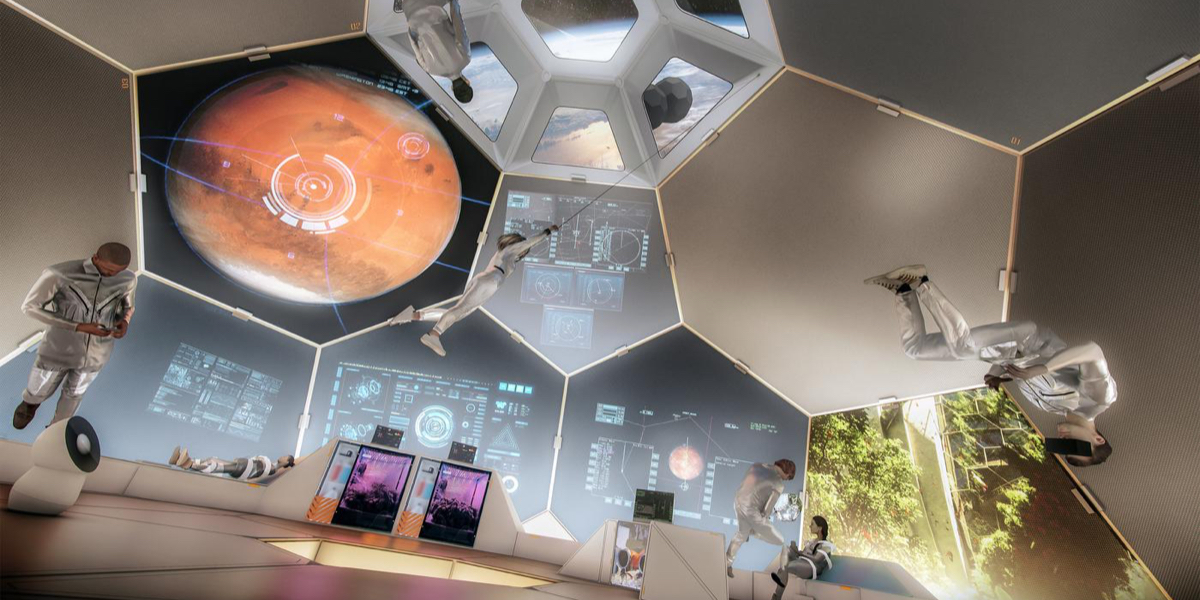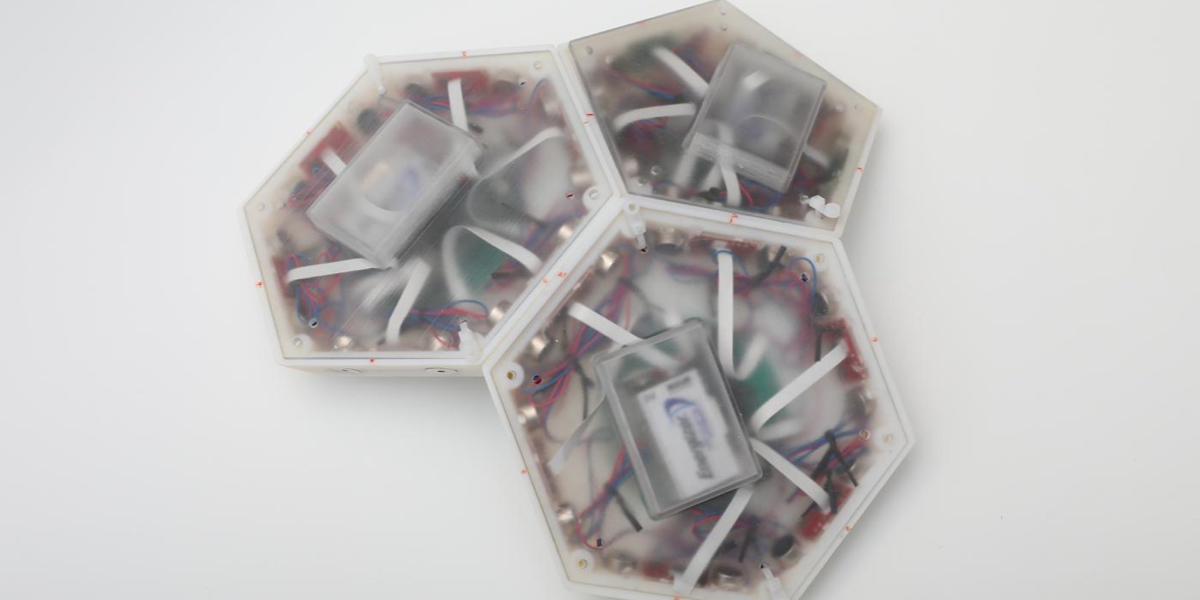AWARD YEAR
2023
CATEGORY
Play & Learning
GOALS
Industry, Innovation & Infrastructure
KEYWORDS
space buildings , space architecture, space travel, Building materials, design for space
COUNTRY
United States of America
DESIGNED BY
MIT Media Lab
WEBSITE
https://www.media.mit.edu/projects/tesserae-self-assembling-space-architecture/overview/
TESSERAE
Self-assembling Space Architecture
How does it work?
MIT Media Lab is currently undertaking a multi-year research effort to study, characterise, prototype and test "TESSERAE": Tessellated Electromagnetic Space Structures for the Exploration of Reconfigurable, Adaptive Environments.
Named after the small tiles in ancient Roman mosaics, the modular TESSERAE tiles can join to create a larger structure. TESSERAE tiles pack flat for launch; once activated, they form a robotic swarm of autonomous and self-assembling units used for on-demand construction, with future applications ranging from an extra room on a space station, to parabolic mirrors, to a home base on other worlds.
Why is it needed?
How will we build the coming generations of Space Architecture—the modules, space ships, and space stations that will ensconce our space-faring species? Can we move beyond the 20th-century paradigm of cylindrical tubes in orbit, to geodesic dome habitats, to microgravity concert halls, to space cathedrals? The next generation of space architecture should delight, inspire, and protect humanity for our future in the near, and far, reaches of space.
How does it improve life?
An early TESSERAE prototype was successfully deployed on the Space Exploration Initiative's November 2017 zero-gravity flight. This research mission validated the v1 mechanical structure, magnet polarity arrangements, and self-assembly protocol.
The prototypes launching on the Axiom Space Ax-1 mission in 2022 include an extensive suite of sensing and electro-permanent magnets that monitor diagnostics – provide insight into the quality of bonds between tiles – and drive conformations. This scaled demonstration will build on previous microgravity evaluations of the TESSERAE experiment.
TESSERAE has been covered by CNN, BBC, Wall Street Journal and Dezeen.





